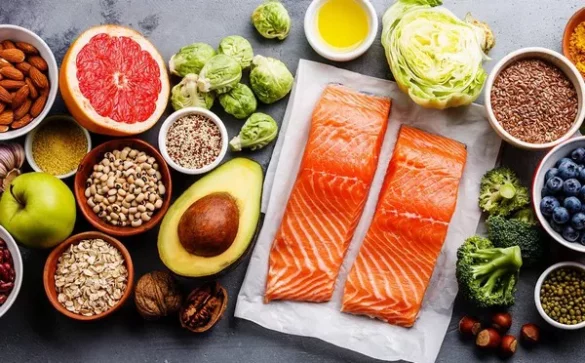Global Food Prices Maintain Steady Course as Sugar and Corn Prices Rise
In a report released by the Food and Agriculture Organization of the United Nations (FAO), it has been revealed that the prices of international food raw materials remained largely unchanged in September. This stability was marked by fluctuations in specific categories, such as an increase in sugar and corn prices offset by a decline in meat and dairy product prices.
The FAO Food Price Index, which serves as a barometer for global food prices, recorded an average of 121.5 points in September, only a slight increase from August’s 121.4 points. Despite this marginal uptick, the index remains notably lower, with a 10.7% decrease compared to the same period last year and a substantial 24.0% drop from its peak in March 2022.
The FAO grain price index experienced a modest 1% increase from August, primarily driven by a significant 7% surge in international corn prices. This uptrend can be attributed to heightened demand for corn supplies from Brazil, a slowdown in sales by farmers in Argentina, and an increase in barge shipping rates following the reduction of the Mississippi River levees. Conversely, international wheat prices saw a decrease of 1.6%, benefiting from abundant supplies and promising production prospects in the Russian Federation. The Rice Price Index declined by 0.5%, reflecting decreased import demand on the global stage.
The vegetable oil price index recorded a 3.9% drop from August, with international prices for palm, sunflower, soybean, and rapeseed oils all sliding. This decline is partly attributed to elevated seasonal production and robust global exports. In contrast, the Sugar Price Index witnessed a significant 9.8% increase since August, reaching its highest point since November 2010. Growing concerns about a tighter global supply outlook in the upcoming season have driven this surge. Early forecasts point to production decreases associated with El Niño in key sugar-producing nations like Thailand and India, counteracted by a notable harvest in Brazil.
Meanwhile, the Dairy Price Index continued its downward trend, falling by 2.3% from August. This marks the ninth consecutive decline and is largely influenced by subdued global import demand and substantial inventories in key production areas. Additionally, the weakening of the euro against the US dollar has exerted downward pressure on international dairy prices.
The Meat Price Index experienced a 1% decline from the previous month, driven by a combination of weak import demand and ample global export supplies. This decrease affected prices for pork, poultry, and sheep meat. However, international beef prices witnessed an increase due to robust demand for imported lean meat, particularly in the United States of America.
In summary, the FAO’s monthly report highlights the overall stability in international food raw material prices, with some notable fluctuations in specific categories. Factors such as demand, production, and currency exchange rates continue to influence global food price dynamics, shaping the landscape for consumers and producers alike.

